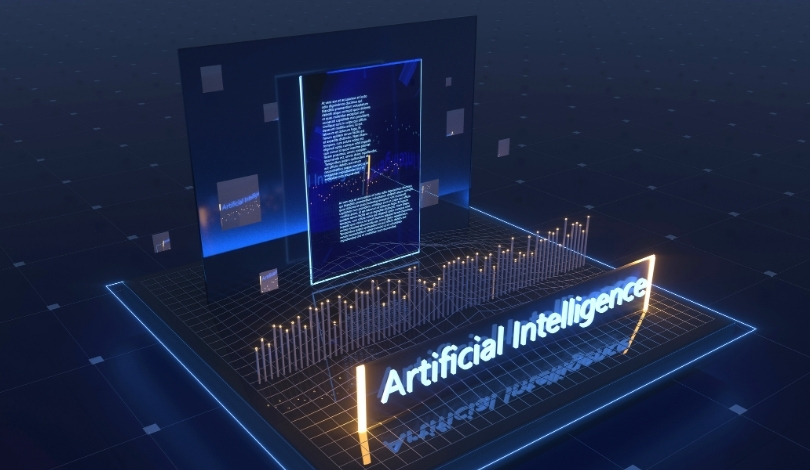Aerospace manufacturing is entering a new phase as swarm robotics attract attention from leading innovators. Instead of relying on long-standing assembly line systems, new strategies highlight distributed robotic collaboration to address the increasing complexity of large projects like the H2Clipper airship. Industry discussions are shifting focus toward decentralized approaches that improve adaptability and efficiency, while established manufacturing giants weigh the implications for large-scale production environments. The growing interest in swarm-based solutions suggests widespread impacts, from cost reductions to the emergence of innovative aircraft designs. As companies reevaluate their methods, the question becomes when, not if, this approach will spread to other sectors.
Past reports on swarm robotics in manufacturing mainly documented experimental research or small-scale applications, such as assembly tasks with drones or limited numbers of robots. Until now, these efforts lacked the industrial scale cited in the aerospace sector in this article. Recent developments contrast with earlier industry pilots, where companies like Arrival implemented flexible microfactories but did not reach the substantial complexity or size necessary for aerospace assembly. Notably, previous attempts often functioned in closed environments with specific product lines, whereas current strategies advocate for extensive adaptability and expansion toward varied, large structures and assets.
Can Swarm Principles Replace Traditional Aerospace Production?
Moving away from linear assembly, swarm robotics leverages autonomous coordination among robots to assemble aircraft and airships like the H2Clipper. Drawing inspiration from decentralized systems seen in nature, such as ant colonies, this approach dispenses with extensive factory footprints requiring towering hangars. In the initial phase, known as “Level 1,” mobile and stationary robots carry out synchronized assembly without moving the structure, offering a fresh take on how massive aerospace vehicles are built. Dassault Systémes is reportedly collaborating to provide programming support for this foundational capability.
How Are Companies Transitioning to Adaptive, AI-Based Robotics?
The transition to “Level 2” programming introduces adaptive, AI-driven robotics capable of dynamic self-regulation and problem-solving in real time. Companies like Arrival have shown the possibilities with self-directed manufacturing robots, even as traditional firms such as Tesla remain tied to linear production optimizations. The shift from automotive-scale modules to aerospace complexity necessitates greater autonomy and coordination, elements explicitly detailed in recent patents. While Arrival’s approach laid groundwork for flexibility, the leap to vast aerospace structures introduces unique operational demands and precision requirements.
Will Generative AI Enable Self-Learning Robotic Factories?
Emerging “Level 3” capabilities tap into generative AI, aiming for robots that can learn task parameters and educate themselves, leading to fully autonomous, adaptable factories. Patents highlight how this approach may eventually eliminate traditional assembly lines, as robots could collectively operate much like organisms in nature, processing vast relationships non-stop. According to proponents, “No one alive has yet seen the factory of the future, but it is coming as the power of genAI is unleashed through the processes we disclosed.” This conceptual leap envisions future manufacturing as a series of interconnected learning systems rather than fixed processes.
“We believe that genAI could eliminate assembly lines. Humans, with our limited processing capability, will not be able to define the myriad of relationships that have to exist from second to second if we intend for the robots to act with one mind as ants do.”
“Knowing that we can build and service aircraft using swarm robotics could usher in an era of lighter-than-air vessels revolutionizing passenger and freight transport for generations to come.”
Swarm robotics for manufacturing aerospace vehicles brings both opportunities and uncertainty to an industry noted for its conservative risk management and legacy procedures. The move from experimental research to workable industrial systems will require advances in AI coordination, real-time learning, and flexible robotic platforms. Companies that previously experimented with smaller-scale robotic factories have provided valuable lessons, but scaling up poses unique challenges, especially regarding safety, cost, and adaptability. For aerospace to realize the advantages of swarm robotics, firms must invest substantially in generative AI infrastructure, testing frameworks, and real-world validation. Stakeholders should consider not just the potential for reduced costs and increased efficiency, but also the implications for workforce development, manufacturing reliability, and global competitiveness as this trend accelerates.










